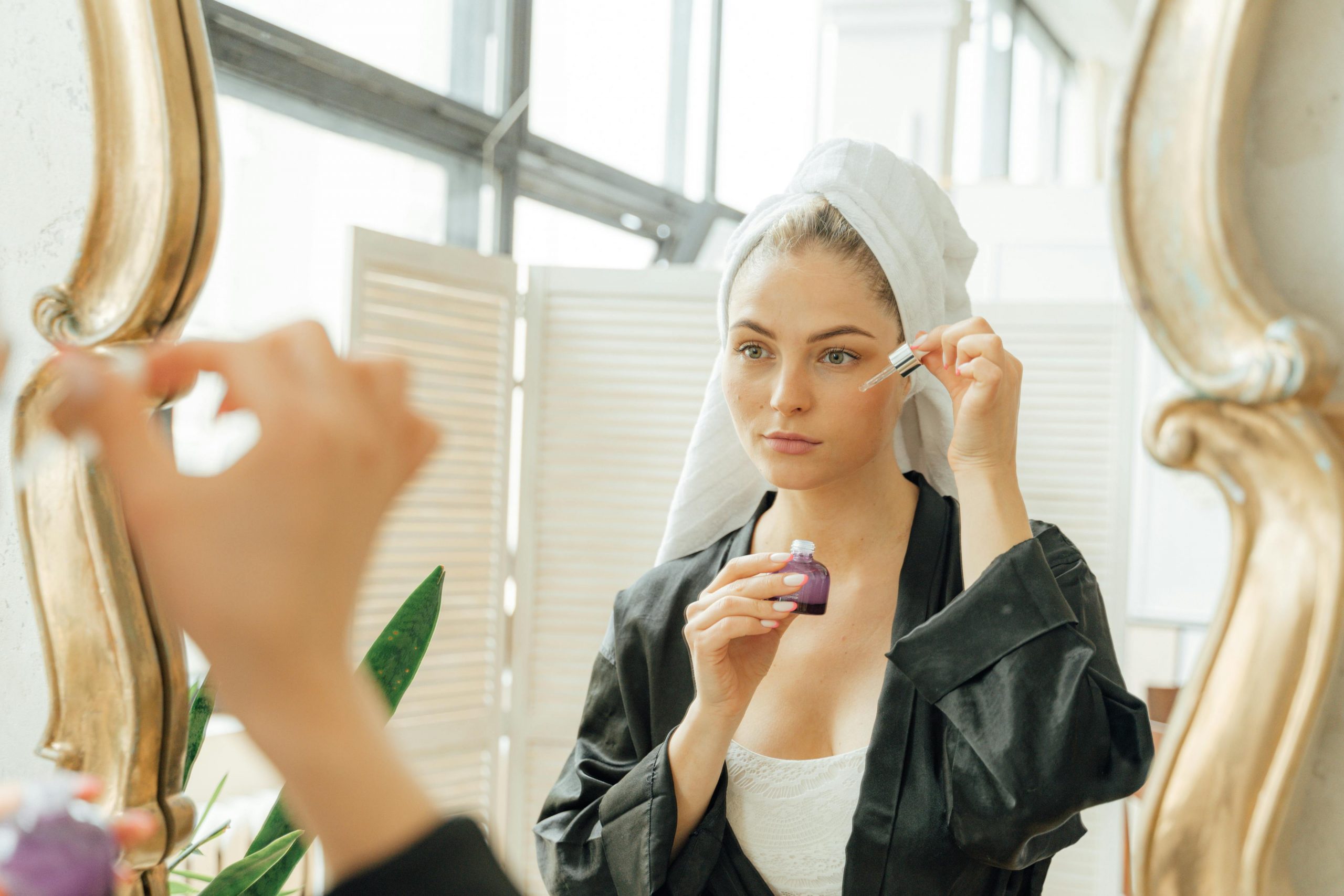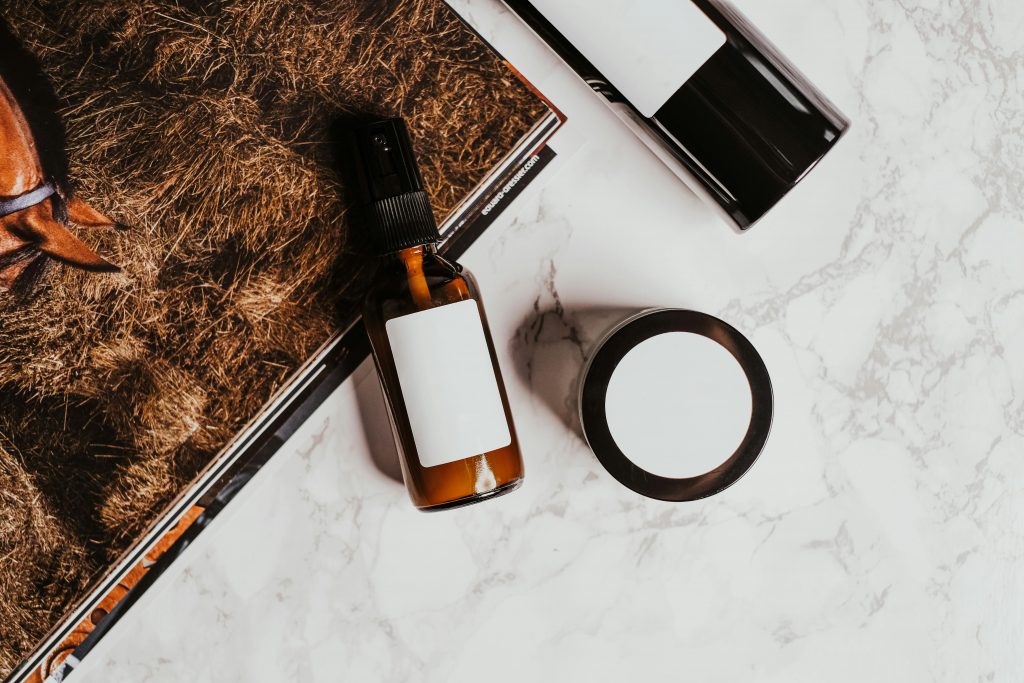When it comes to skincare, few ingredients are as celebrated and feared as retinol. If you’ve ever scrolled through beauty blogs or stood wide-eyed in the skincare aisle, you’ve probably come across this ingredient touted as a miracle worker for everything from wrinkles to acne. But as much as it promises radiant skin, retinol also comes with a fair share of questions—especially when it comes to how and when to use it. The big question we’re diving into today is one of the most asked: Do you apply retinol before or after moisturizer?
If you’ve been left scratching your head about this, you’re not alone. It’s a common skincare puzzle, and the truth is, the answer isn’t one-size-fits-all. Whether you’re a seasoned skincare enthusiast or just dipping your toes into the world of retinol, understanding the right order of application can make a world of difference in how effective and gentle your routine is. So, grab your favorite cup of tea, sit back, and let’s break this down step-by-step. We’ll cover what retinol does, why product order matters, and how you can tailor its use to your unique skin type for that coveted glow—without the redness and irritation.
What Exactly Is Retinol and Why Do Women Love It?
Let’s start with the basics. Retinol is a derivative of vitamin A, an essential nutrient that plays a key role in skin health. When applied topically, it works by stimulating cell turnover—basically encouraging your skin to shed dead cells and replace them with new, fresher ones. This process can lead to:
- A smoother, more even texture—great for reducing rough patches or bumpy skin.
- Fewer fine lines and wrinkles—as retinol boosts collagen production, your skin can appear plumper and more youthful.
- Reduced hyperpigmentation and dark spots—perfect for fading sun damage or post-acne marks.
- Clearer pores—helpful for those battling acne or congestion.
It’s no wonder women flock to retinol! It’s like a mini facial in a bottle. However, this powerful ingredient doesn’t come without its challenges. Dryness, irritation, and flakiness are common side effects, especially when starting out. That’s why knowing how to use it—and when to layer it with moisturizer—is so important.
Why Does the Order of Application Matter?

Think of your skincare routine as building a layered cake—the order matters if you want the best results. Generally, the rule is to apply products from thinnest to thickest consistency. This ensures that lighter products can penetrate the skin, while heavier ones create a protective layer.
Here’s why the order matters with retinol specifically:
- Applying retinol first means it’s in direct contact with your skin, allowing it to work at its full potential.
- Applying moisturizer first creates a slight barrier, which can reduce the strength of retinol’s absorption and make it gentler on sensitive skin.
- Applying moisturizer afterward helps seal in the retinol and soothe any dryness or irritation it may cause.
So, the choice really boils down to how strong you want your retinol to be and how much your skin can handle.
Retinol Before or After Moisturizer? Here’s the Answer!
Alright, let’s settle this once and for all—or at least give you a clear guide. Should you apply retinol before or after moisturizer?
It Depends on Your Skin Type, Sensitivity, and Goals.
Let’s dive into the two main methods:
1. Apply Retinol Before Moisturizer (The Standard Method)
This is the classic approach most dermatologists and skincare enthusiasts recommend. Here’s why:
- Cleanse your face thoroughly and dry it gently.
- Apply a pea-sized amount of retinol to your face, focusing on areas where you want the most impact (usually the cheeks, forehead, and jawline).
- Follow up with a moisturizer to lock in hydration and prevent dryness.
This method gives maximum retinol potency, making it ideal for women with normal, oily, or combination skin—or for those already used to retinol.
2. Apply Moisturizer Before Retinol (The Buffering Method)
If you’re new to retinol, have sensitive skin, or experience dryness or flaking, try this buffering technique:
- Start with clean, dry skin.
- Apply a light layer of moisturizer as a base.
- Wait a minute, then apply your retinol over the moisturizer.
- Finish with another layer of moisturizer if your skin feels dry.
By buffering retinol with moisturizer, you’re essentially diluting its potency and creating a protective barrier. This method helps reduce irritation while still allowing retinol’s magic to work gradually.
Which Method Should You Use?
Let’s make it simple with a quick cheat sheet:
| Your Skin Type or Situation | Recommended Order |
| Normal/Resilient | Retinol first, then moisturizer |
| Dry/Sensitive | Moisturizer first, then retinol |
| Oily/Acne-Prone | Retinol first, then moisturizer |
| Retinol Beginner | Moisturizer first, then retinol (or mix retinol into moisturizer) |
Pro Tip: If you’re feeling experimental, you can even try mixing retinol directly into your moisturizer in your palm before applying. This ensures even distribution and softens the intensity.
Can You Mix Retinol and Moisturizer?
Absolutely! Mixing retinol and moisturizer is a clever way to make the transition to retinol smoother. Here’s how to do it right:
- Start with a pea-sized amount of retinol.
- Add a dollop of your usual moisturizer (preferably fragrance-free and non-comedogenic).
- Mix them in your palm and apply evenly to your face.
This method is perfect for beginners or those with sensitive skin. It also ensures that retinol spreads evenly without concentrating in certain areas, which can reduce the risk of irritation.
How Often Should You Use Retinol?
Retinol works best when introduced gradually. If you’re just starting out:
- Weeks 1-2: Apply once a week.
- Weeks 3-4: Increase to twice a week.
- After Week 4: If your skin handles it well, move up to 3 times per week.
Even seasoned users shouldn’t overdo it—retinol doesn’t need to be used every night. Overuse can lead to dryness, redness, and flaking. Listen to your skin and adjust as needed.
Should You Apply Retinol in the Morning or Night?
Here’s a firm rule: retinol is for nighttime use only. Why?
- Retinol makes your skin more sensitive to the sun. Using it during the day can increase the risk of sunburn and counteract its benefits.
- Sunlight can break down retinol molecules, making them less effective.
Your ideal PM routine with retinol should look like this:
- Cleanser (gentle and non-stripping)
- Optional toner (if it’s mild and alcohol-free)
- Retinol (before or after moisturizer as discussed)
- Moisturizer
- Optional facial oil for extra hydration
What About Sunscreen?
If you’re using retinol, daily sunscreen is non-negotiable. Even if you only use retinol at night, your skin will be more susceptible to UV damage during the day.
- Use a broad-spectrum SPF 30 or higher.
- Apply every morning, rain or shine.
- Reapply every two hours if you’re outdoors.
A good sunscreen will protect your skin from premature aging, hyperpigmentation, and irritation—especially important when retinol is in your routine.
Can the Order of Applying Retinol and Moisturizer Trigger Breakouts?
If you’ve ever started a new skincare routine and noticed your skin breaking out, you’re not alone. You might be wondering: “Could the order I apply retinol and moisturizer actually be causing my breakouts?”
The answer? Yes, it might!
Here’s how it works:
- When you apply retinol first, directly on clean, bare skin, it penetrates deeply and works hard to speed up cell turnover. This can sometimes cause your pores to purge trapped oils and debris, leading to temporary breakouts. It’s a common side effect called “retinol purging.”
- However, applying retinol without a buffer (like moisturizer) might increase the risk of irritation and over-drying, which can trigger more breakouts—especially if your skin’s natural barrier is compromised.
- Applying moisturizer first creates a protective layer, which can reduce how much retinol your skin absorbs at once. This slower absorption may minimize purging and irritation, helping prevent breakouts.
Quick Tip: If you’re experiencing breakouts after starting retinol, don’t panic! It could just be a purge phase that clears up in a few weeks. But if the breakouts persist or worsen, consider switching up the order or using a milder retinol formula.
So yes, the order of application can absolutely affect breakouts. Listen to your skin and adjust your routine to keep it clear and healthy.
Can I Apply Moisturizer Both Before and After Retinol?
Yep, you totally can—and it actually helps! This trick, called the “retinol sandwich,” means slathering on moisturizer before you put on retinol, then adding another layer after. Moisturizer first acts like a little shield, so your skin doesn’t soak up too much retinol too fast, which keeps irritation down. Then the moisturizer after locks in all that good stuff and keeps your skin feeling hydrated and comfy. It’s a simple way to make retinol easier on your skin and can help cut down on those annoying breakouts and redness while you’re getting used to it. Definitely worth a try if your skin’s been acting up!
Pro Tips for Using Retinol Without the Drama

Want to make retinol your skin’s best friend without the redness, flaking, or breakouts? Here’s how to get the glow without the drama:
Start low and slow—don’t rush into daily use.
If you’re new to retinol, begin with a low concentration (like 0.25% or 0.3%) and apply it just once or twice a week. As your skin builds tolerance, you can gradually increase the frequency. This approach minimizes irritation and gives your skin time to adjust.
Moisturize generously with a gentle, hydrating formula.
A rich, nourishing moisturizer acts as a protective barrier, locking in hydration and calming potential irritation. Look for formulas with ingredients like hyaluronic acid, ceramides, or glycerin. This not only supports your skin’s barrier but also reduces dryness and flaking associated with retinol use.
Avoid combining retinol with other strong actives like AHAs, BHAs, or vitamin C on the same night.
Layering too many actives can overstimulate your skin, causing redness, dryness, and breakouts. Instead, alternate them: use retinol one night, and exfoliating acids or vitamin C on another. This helps your skin absorb each ingredient’s benefits while staying balanced.
Patch test new retinol products to check for irritation.
Before applying a new retinol all over your face, do a patch test on a small area of your jawline or neck. This allows you to catch potential irritation or allergies early, preventing a full-face flare-up.
Apply retinol to dry skin—wet skin can increase absorption and irritation.
After cleansing, wait a few minutes for your skin to dry completely. Applying retinol to damp skin can make it absorb too quickly, increasing the risk of irritation. Dry skin gives you more control over how much product penetrates.
Be patient—results often take several weeks to show.
Retinol is a long game. You may not see dramatic improvements overnight, but consistent use over several weeks will gradually smooth fine lines, fade dark spots, and improve texture. Trust the process.
Listen to your skin—if it’s too dry or irritated, scale back.
Everyone’s skin is different. If you notice excessive dryness, peeling, or redness, reduce the frequency of use or switch to a gentler formula. There’s no shame in adjusting your routine to keep your skin healthy and comfortable.
So, Retinol Before or After Moisturizer? Let’s Wrap It Up.
Here’s the takeaway: The order depends on your skin type, experience level, and goals.
- If your skin is tough and used to actives, apply retinol first, then moisturizer.
- If you’re a beginner or have sensitive skin, try moisturizer first or mix it with retinol.
- Be patient, consistent, and don’t forget the sunscreen.
Quick Recap for the Busy Women:
- Retinol is a vitamin A derivative that boosts skin renewal.
- Applying it before moisturizer gives maximum strength.
- Applying moisturizer first or mixing it in softens its potency.
- Nighttime use only, always with daily SPF.
- Start slow and adjust based on your skin’s response.
Ready to Try Retinol? You Got This!
Whether you’re diving into the retinol world for the first time or leveling up your routine, you now have a clear guide to mastering the “retinol before or after moisturizer” question. Start slow, listen to your skin, and you’ll be glowing in no time.



